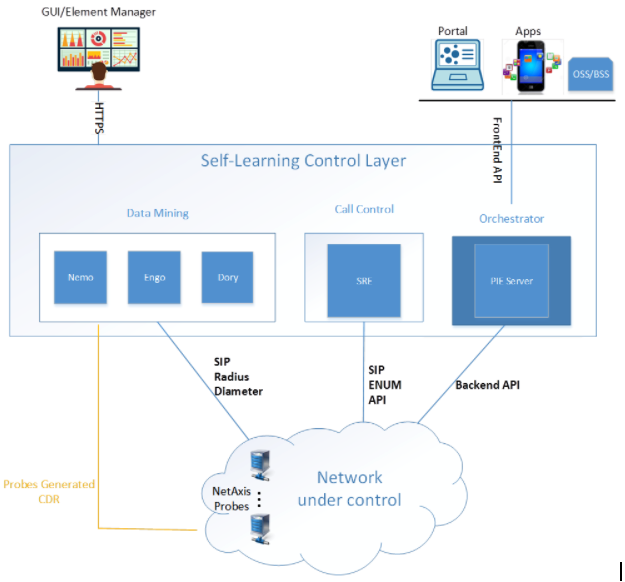Carrier grade architecture for Session Routing Engines
It’s a fact that many ITSPs, certainly in the UK where there is a proliferation of them, do not need a call routing engine. Their (mostly) least cost routing needs are covered by their existing softswitch or by the Session Border Controllers they stick in front if it. As you get bigger however you do get to want more sophistication in a Session Routing Engine.
For example if you want to add more logic to the routing decision. I’ve already written about routing based on MOS scores but there are a whole load of other scenarios where routing decisions may be influenced by external factors. For example in scenarios where users are switching between persona and want different voicemail policies to be applied between personal and business calls.
The Netaxis environment supports this type of scenario and our Session Routing Engine plays an important part in it.
SRE was built for Tier 1 and 2 operators who need sophisticated routing capabilities. As a relatively new product we have also been able to play in features that make a carrier’s life a lot easier.
SRE Routing Framework
The SRE routing framework guiding principles are flexibility and openness. The data model and routing logic let you have unlimited routing policies. Call handling is defined as a set of sequential actions – the SRE comes with a rich set of predefined actions that drive the creation of the routing logic. New actions can easily be added to build up fully customized routing logic.
In addition, SRE is natively designed to query third party elements. This ranges from simple queries such as external database interrogation to much more complex scenarios like PBX interaction.
Service Logic Editor
The Service Logic Editor has extremely powerful and versatile functionality and is designed to let you create service logic in a few clicks. It allows the creation of any kind of route including those that are perhaps very specific or temporary/transient. Routes can be run in simulation/validation mode before being deployed to the operational network.
Carrier Grade & Scalable
In considering the architecture it has also been important to recognise that the end product has to be carrier grade. Resilience and capacity scalability is key.
An SRE based solution can be made of several Call Processing instances managed by a centralized Element Manager. The multi-instance approach offers wide deployment possibilities and huge scalability. Load balancers can be added to complete the picture. Call Processing is fully redundant working in High Availability mode.
Long experience has also told us that things can go wrong when rolling out network upgrades, even if you have tested it to the umpteenth degree. Bearing this in mind the SRE has a really cute data versioning feature. The SRE always keeps 2 set of configuration settings that can be toggled with a clock of the metaphorical button. Reversion to a stable release in the event of a problem during an upgrade is easy.
Who could ask for more? 🙂
If you do have any questions or would be interested in finding out more about our Session Routing Engine feel free to let me have your name and work email in the form below and I’d drop you some info. I won’t spam you but I need to know I’m dealing with serious people so no generic gmail type addresses please.
Netaxis is a competence centre for telecoms and now operates in the UK 🙂

